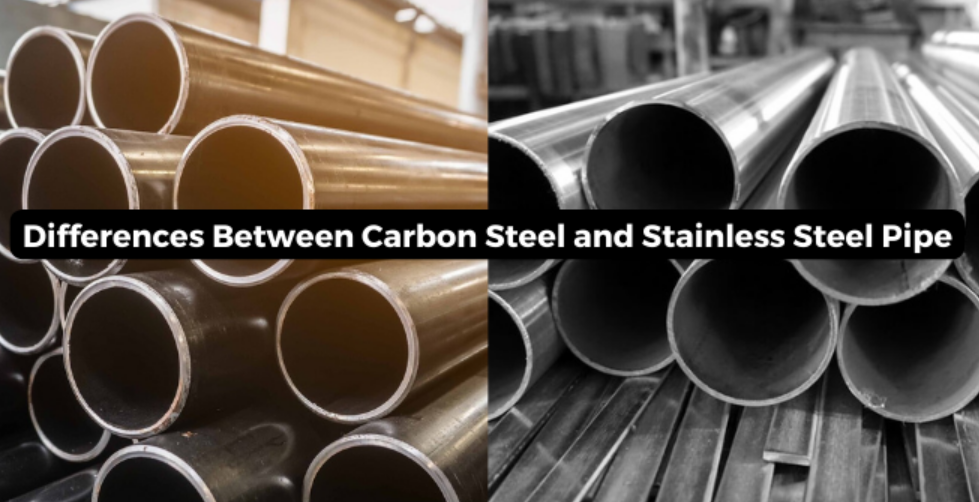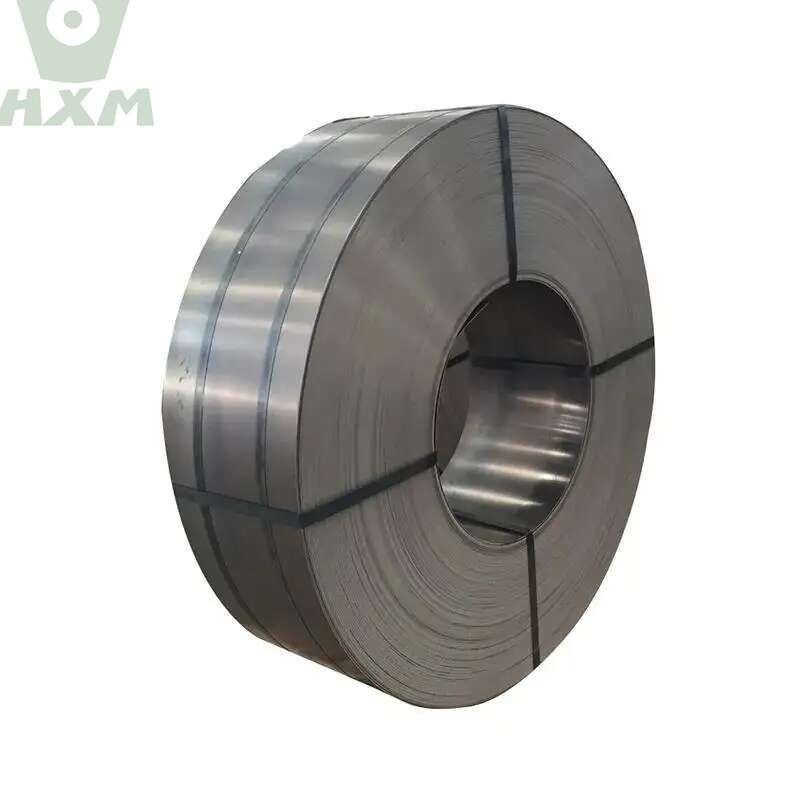Have you ever confused the carbon steel pipe and stainless steel pipe? If you have ever been confused between the two, then this article is for you! Carbon steel pipes and stainless steel pipes, although only one word different, have more differences than just the name. Let’s take a look at the interesting aspects of these two types of pipes together!

Differences between Carbon Steel Pipe and Stainless Steel Pipe – 1. Manufacturing Processes
Carbon steel pipes are formed by piercing solid steel ingots or hollow steel pipes, followed by hot rolling, cold rolling, or cold drawing.
Stainless steel pipes can be divided into equal-section pipes and variable-section pipes according to the shape of the vertical section. Variable cross-section tubes include tapered tubes, step tubes, periodic cross-section tubes, etc.
Differences between Carbon Steel Pipe and Stainless Steel Pipe – 2. Properties
- Carbon steel pipes: Made by piercing solid steel ingots or hollow steel pipes, followed by hot rolling, cold rolling, or cold drawing.
- Stainless steel pipes: A kind of hollow long steel tube.
Differences between Carbon Steel Pipe and Stainless Steel Pipe – 3. Anticorrosion and Wear Resistance
Stainless steel refers to an alloy that is resistant to weak corrosive media (such as air, steam, and water) and chemical corrosive media (such as acids, alkalis, and salts). This function is mainly attributed to the addition of chromium, a key element in stainless steel. When the chromium content exceeds 12%, an oxide film is formed on the surface of the stainless steel, also known as passive film. This oxide film is not soluble in certain media and has high isolation properties, resulting in high corrosion resistance.
Carbon steel refers to iron-carbon alloys with a carbon content below 2.11%, also known as carbon steel. Its hardness is higher than that of stainless steel, but its weight is heavier, its plasticity is lower, and it is often “too hard to fold” and prone to rusting.
Differences between Carbon Steel Pipe and Stainless Steel Pipe – 4. Applications
Carbon steel pipes are made from round tube billets, which are cut by a cutting machine to form billet sections with a length of approximately one meter. These billet sections are then sent to a furnace and heated by a conveyor belt. The billets are fed into the furnace and heated at a temperature of approximately 1200 degrees Celsius.
Stainless steel pipes are a type of hollow long steel tube that is widely used in various industries such as petroleum, chemicals, medical care, food, light industry, and mechanical instrument manufacturing for industrial piping and mechanical structural components.
Differences between Carbon Steel Pipe and Stainless Steel Pipe – 5. Characteristics
- Carbon steel pipes: Carbon steel pipes are divided into hot-rolled and cold-rolled (drawn) steel pipes. Hot-rolled carbon steel pipes are further classified into ordinary steel pipes, medium and low-pressure boiler steel pipes, high-pressure boiler steel pipes, alloy steel pipes, stainless steel pipes, petroleum cracking pipes, geological steel pipes, etc.
- Stainless steel pipes: Brinell hardness is the most widely used standard for stainless steel pipes. The indentation diameter is often used to represent the hardness of materials, which is intuitive and convenient. However, it is not suitable for steel pipes made from harder or thinner steel.
Conclusion
Thank you for reading our article and we hope it can help you to have a better understanding of the differences between Carbon Steel Pipe and Stainless Steel Pipe. If you want to learn more about carbon steel pipes, we’d advise you to visit Huxia Steel for more information.
As a leading supplier of carbon steel products across the world, Huaxia Steel provides customers with a wide range of high-quality products such as alloy steel, tool steel, carbon steel, and carbon steel pipes for global markets at a very competitive price.








